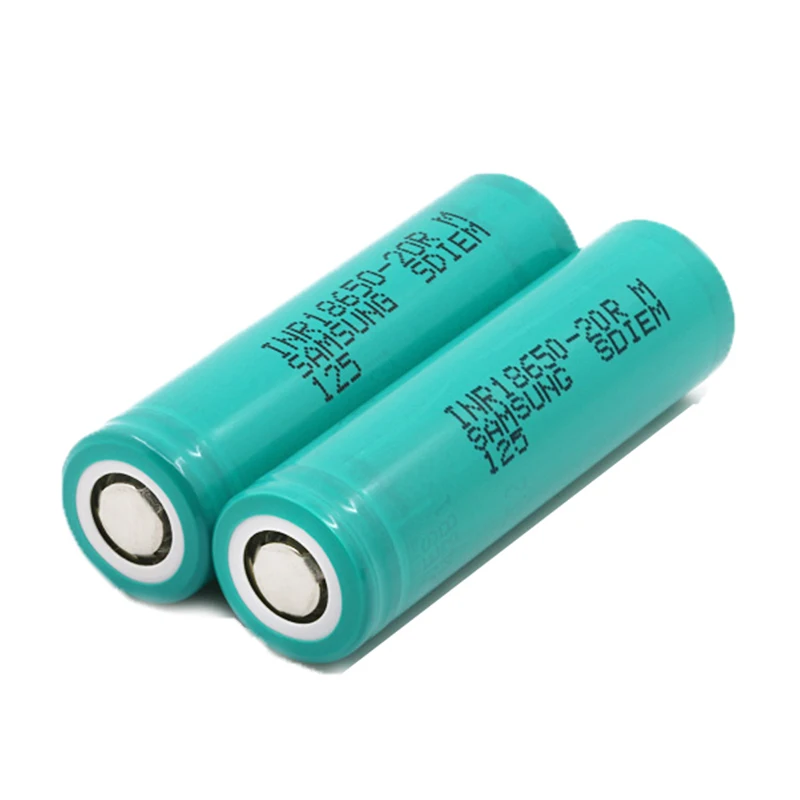

The most common electrolyte inside of a lithium-ion battery is a lithium salt. The role of the electrolyte inside of a lithium-ion battery is to help transport the positive lithium-ions between the anode and cathode. These different chemistries provide different benefits and voltages. Common materials for the cathode are lithium cobalt oxide, lithium iron phosphate, and lithium manganese oxide. The most popular material used for the anode is graphite. During charging, the lithium ions move from the cathode, through the separator, to the anode. The negative electrode in a cell is called the anode. There are four main components: The anode, the cathode, an electrolyte, and a separator. The inside of an individual lithium-ion cell is relatively simple. At the top of each charge, the BMS also balances the energy across all of the cells and helps ensure you get the maximum life and performance out of your lithium-ion battery. The battery management system monitors the health and temperature of the battery.
Lithium ion battery series#
The inside of a lithium battery contains multiple lithium-ion cells (wired in series and parallel), the wires connecting the cells, and a battery management system, also known as a BMS. This means that two cells wired in parallel will last about twice as long as a single cell. When you connect battery cells (and batteries) in parallel, their capacities add together.

Lithium-ion cells can also be connected in parallel. Wiring eight cells in series will produce a 24-volt battery, and so on. For example, connecting four cells in series will yield a 12-volt battery. When you connect cells in series, their voltages add together. However, the standard voltages for many lithium-ion batteries are 12, 24, and 48 volts. The nominal output voltage of a single lithium iron phosphate cell (the type used in Battle Born Batteries) ranges between 3.2 and 3.8 volts.

The voltage of a lithium-ion cell varies depending on the particular chemistry type.
Lithium ion battery full#
Think of lithium-ion cells as the building blocks that make up a full battery. Multiple lithium-ion cells connect internally to make up a lithium-ion battery. The movement of the lithium ions causes an electrical potential difference called “voltage.” When you hook your electronic devices up to the battery, electrons (not lithium-ions) flow through your device and power it. While the battery discharges, the ions move in the opposite direction. While the battery charges, lithium ions move through the separator from the positive side to the negative. A thin layer of insulating material called a “separator” sits between the two sides of the battery and allows the lithium ions to pass through while blocking the electrons. Lithium-ion batteries use lithium ions to create an electrical potential between the positive and negative sides of the battery. But what is a lithium-ion battery? Furthermore, what’s inside of a lithium-ion battery that allows them to power your electronics? Let’s take a look! What is A Lithium-Ion Battery? They’re in your phone, your computer, and perhaps even your car or RV. If this item arrives damaged or is not functioning properly, please do not hesitate to contact us to see if further actions may be taken.Lithium-ion batteries are everywhere these days. Sorry for any inconvenience this may cause! Additionally orders may take longer to process and therefore do not qualify for same-day shipping.

This is temporary! Check out our blog post for more information. Note: This battery is not available to ship to Alaska or Hawaii, or through any express services (2-day, overnight), or internationally. We recommend using coin cell batteries for beginners. When using conductive thread, a short in the thread can create sparks and heat. Please use caution when using this battery in wearable projects. Do not attempt to charge these with anything but a specialized Lithium Polymer charger.īattery includes built-in protection against over voltage, over current, and minimum voltage. These batteries require special charging. Each cell outputs a nominal 3.7V at 1000mAh! Comes terminated with a standard 2-pin JST-PH connector - 2mm spacing between pins. These are very slim, extremely light weight batteries based on Lithium Ion chemistry.


 0 kommentar(er)
0 kommentar(er)
